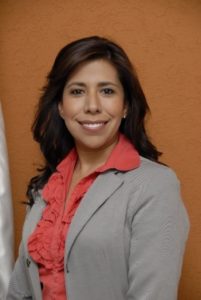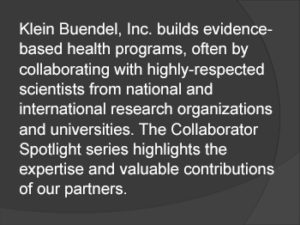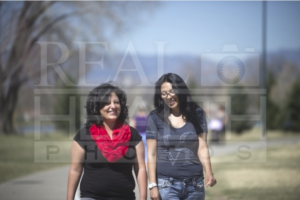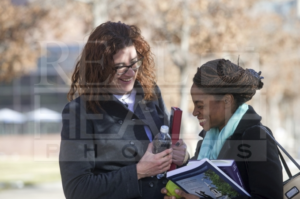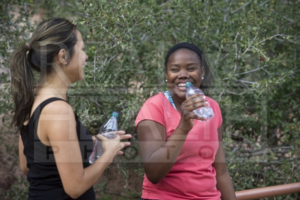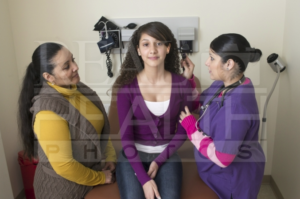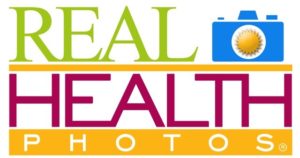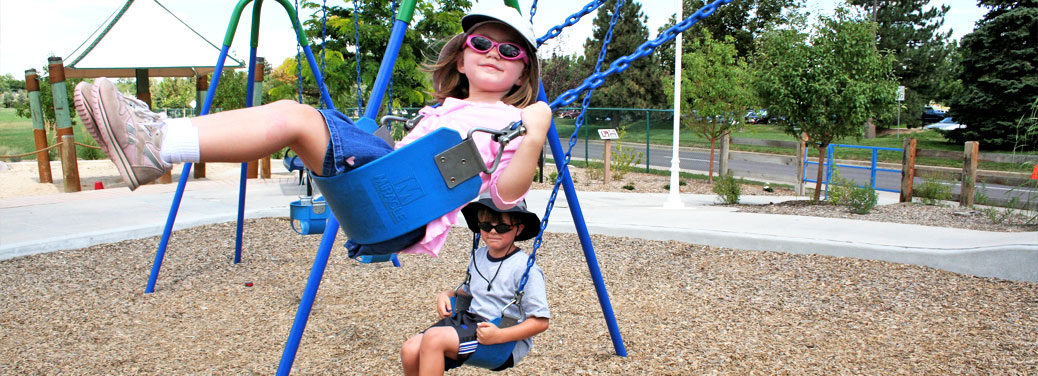Accuracy of Principal and Teacher Knowledge of School District Sun Protection Policies in California Schools
School policies that improve sun safety for children are essential to comprehensive school-based skin cancer prevention; however, a policy is only successful if school administration and teachers are aware of it and implement it. California was one of the first states that enacted legislation governing sun protection for students in public schools. In a recent publication in Preventing Chronic Disease, KB’s Dr. David Buller, Julia Berteletti and Mary Buller along with collaborators at Claremont Graduate University (CGU), Kaiser Permanente Center for Health Research (KPCHR) and the non-profit organization, Sun Safety for Kids (SSK), discuss how they explored the extent and accuracy of knowledge among principals and teachers in California public school districts about the content written in their district’s written sun safety policy.
Elementary schools in California school districts were recruited to a parent study via their principal and were eligible if 1) they subscribed to the California School Boards Association, 2) had adopted the recommended sun safety Sample Board Policy (designated BP 5141.7), and 3) posted their version of Board Policy 5141.7 online. A total of 118 principals provided consent for their school to participate and nominated one teacher or staff member who would be involved in implementing sun safety practices at the school and 109 of the 118 teachers completed the baseline survey.
The baseline survey for both principal and teacher asked whether or not the school district had a policy on sun protection for students. Those who answered yes were presented with a list of policy components and asked to indicate which components were included in the policy. Respondents were also asked about job characteristics, skin type, personal or family history of skin cancer, and demographic characteristics. Policy knowledge among principals and teachers was compared with the content of the written school district sun safety policy and principals’ and teachers’ knowledge of each component was classified as accurate or inaccurate. …



